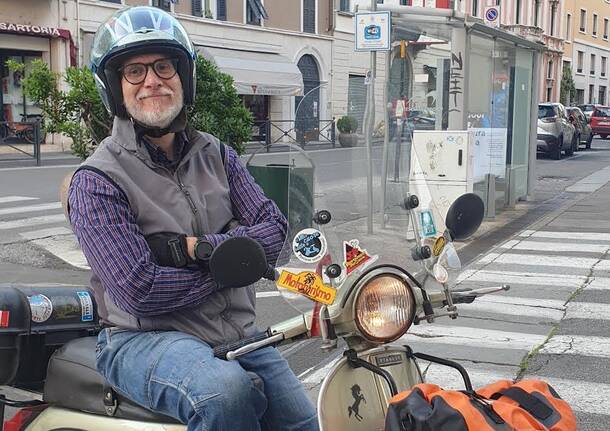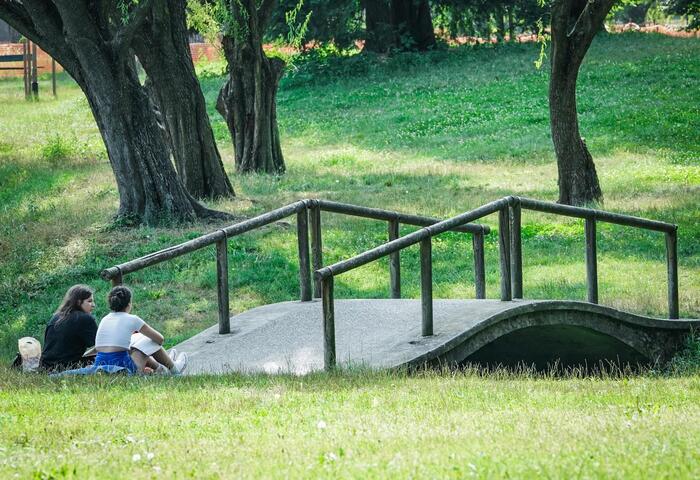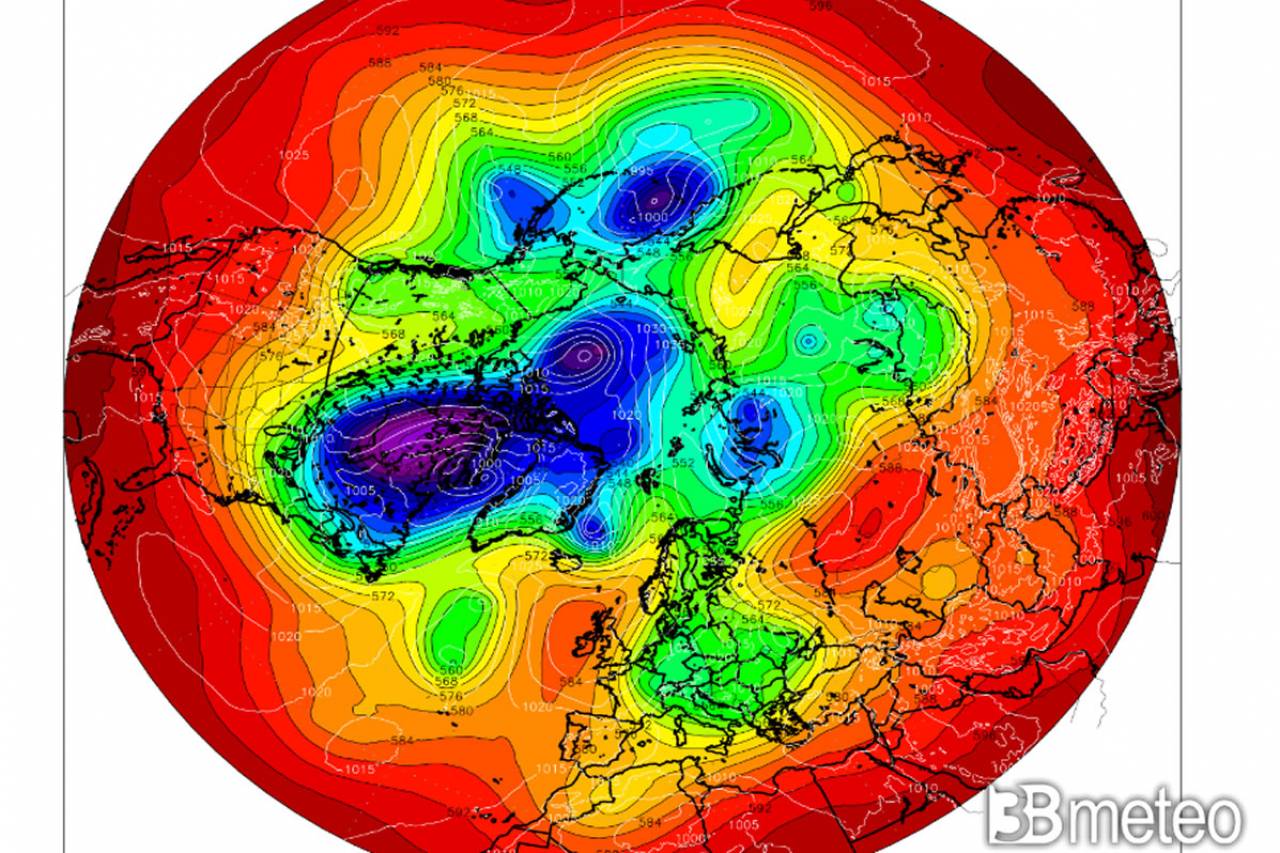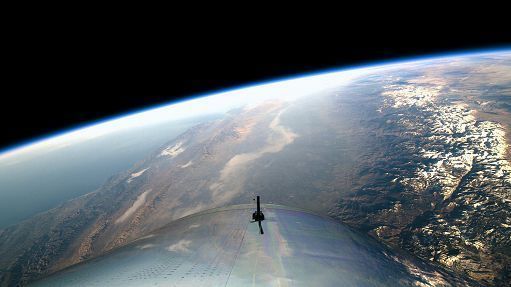Wednesday 3 August 2022 – 11:03
Aerospace: INGV participates in the launch of the HERMES scientific payload
Equipped with a glider to “transmit” data from the stratosphere
Milan on August 3. (askanews) – The Italian HERMES (HEmera Returning MESsenger) payload, a project funded and coordinated by the Italian Space Agency (ASI) and its scientific director, the National Institute of Geophysics and Volcanology (INGV), was launched at high altitude through a zero-pressure balloon last July 21 at Isring base Satellite (Kiruna, Sweden) by the Swedish Space Corporation (SSC).
“A payload is, literally, a ‘payload’ of scientific instruments on board any vehicle, even a spacecraft, in our case a gondola carried by a balloon that can reach a state of buoyancy at stratospheric heights,” he explains. Alessandro Iarocci, Technologist at INGV’s Laboratory for New Technologies and Tools (LNTS) and scientific reference for HERMES. “The gondola, in particular–identifies–is the mechanical structure that houses the onboard scientific instrumentation and all electronic equipment needed for tracking, ground communications, and cutting and housekeeping data recordings.”
The launch of HERMES is part of the European project HEMERA, which was born with the aim of improving and coordinating scientific activities aimed at creating a common and interoperable scientific technology platform where experiments can be carried out, at subtropical altitudes, flown from the stratosphere by balloons. HEMERA is coordinated by the French National Center for Space Studies (CNES) and sees the cooperation of 13 international organizations.
“HERMES is a payload with an autonomous glider capable of ‘physically’ transferring scientific data, stored in solid-state memory, from the stratospheric platform to a recovery point on Earth,” continues Iarocci. “This is important for many experiments at altitude and in polar regions that produce huge amounts of data that are impossible to transmit using currently available satellite communications. In this way – says the LNTS technician – the scientific data will be retrieved even if the experiment is lost or cannot be completed. Furthermore The glider can also carry test tubes on board for stratospheric sampling.”
As part of the HEMERA project, two calls for proposals have been organized to select the best scientific experiments to offer the possibility of a free balloon flight. The invitations made it possible to highlight the rising activity and high value of the proposals of the Italian scientific community, which participated in the largest number of proposals and obtained, proportionately, the largest number of selected experiments.
“The launch of HERMES is important news for INGV as it will allow the scientific community to have the Stratospheric altitude experiment data available to the scientific community without waiting for the payload itself to recover, or to validate the data. Operate on-board equipment and data obtained if the measurement is no longer The local remote on the horizon is sufficient to transmit large amounts of data to Earth. This aspect is particularly important for winter or long-duration polar expeditions,” adds Massimiliano Falucchia, of the INGV LNTS laboratory. “The next step goes in the direction of preparing the stratospheric payload of long-range experiments (within a few months) for several gliders: This will increase redundancy in the system and allow the experiment data to be usable even before its conclusion,” concludes Falukia.


“Internet trailblazer. Travelaholic. Passionate social media evangelist. Tv advocate.”







More Stories
Europe weather. Late in the cold, the polar vortex is affected by the stratiform trend of March «3B Meteo
Leonardo da Vinci, The Rotting Gym, The Masters: “How to Enter the Cellar”
What is the center of the universe? The answer will leave you breathless